
Lithosphere Rocks, Nutrients, & Soils


Lithosphere Objectives
-
Explain the significance of bacteria in the nitrogen cycle.
-
Describe impacts on terrestrial ecosystems, including wind and soil erosion.
- Outline the key components of a field kit including why they are important.
The lithosphere includes layers of rocks and is the sink for many nutrients.
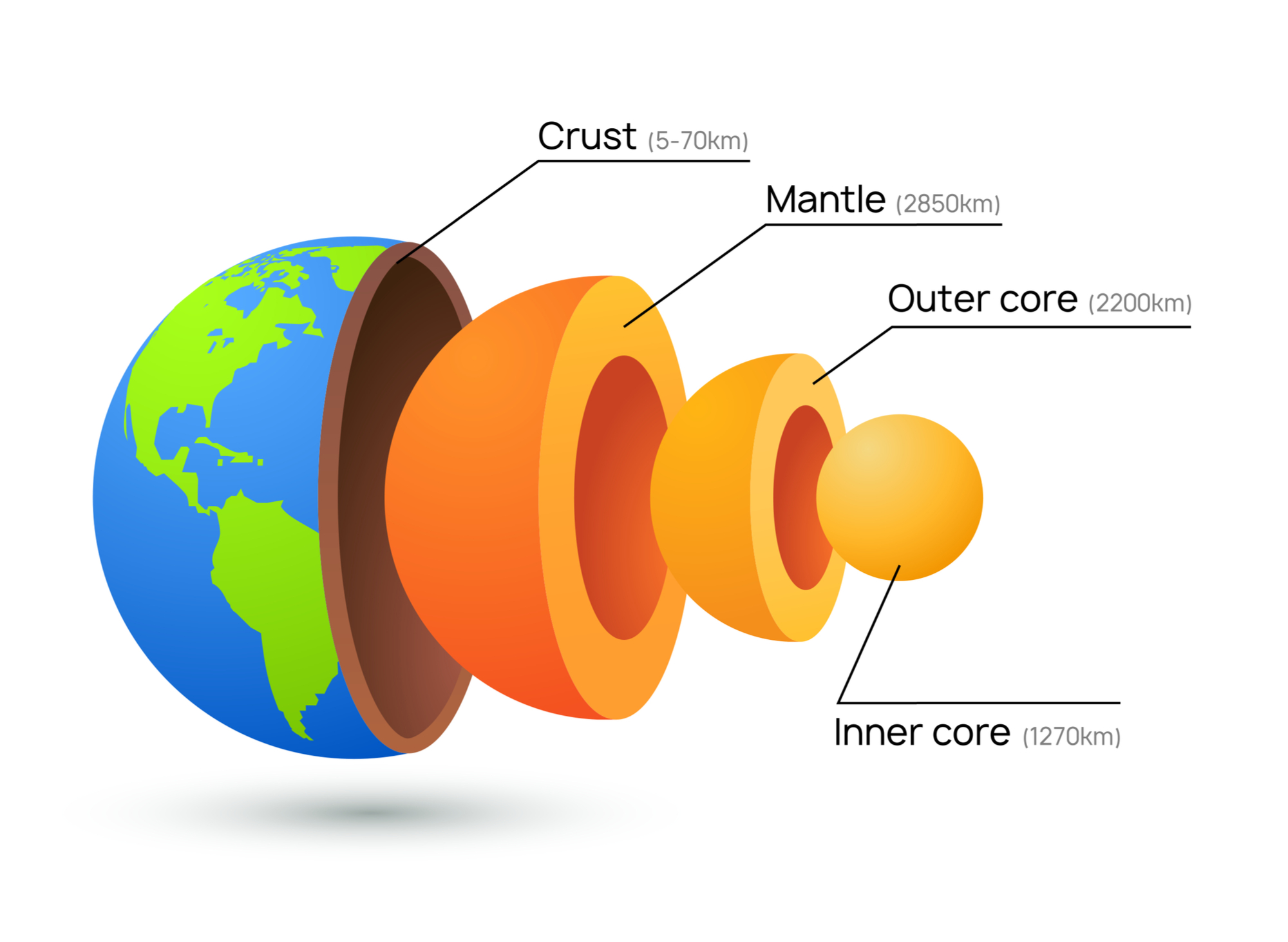
Most of the active nutrient cycling is occurring in the outer crust although volcanic activity can bring nutrients to the surface.
Nitrogen
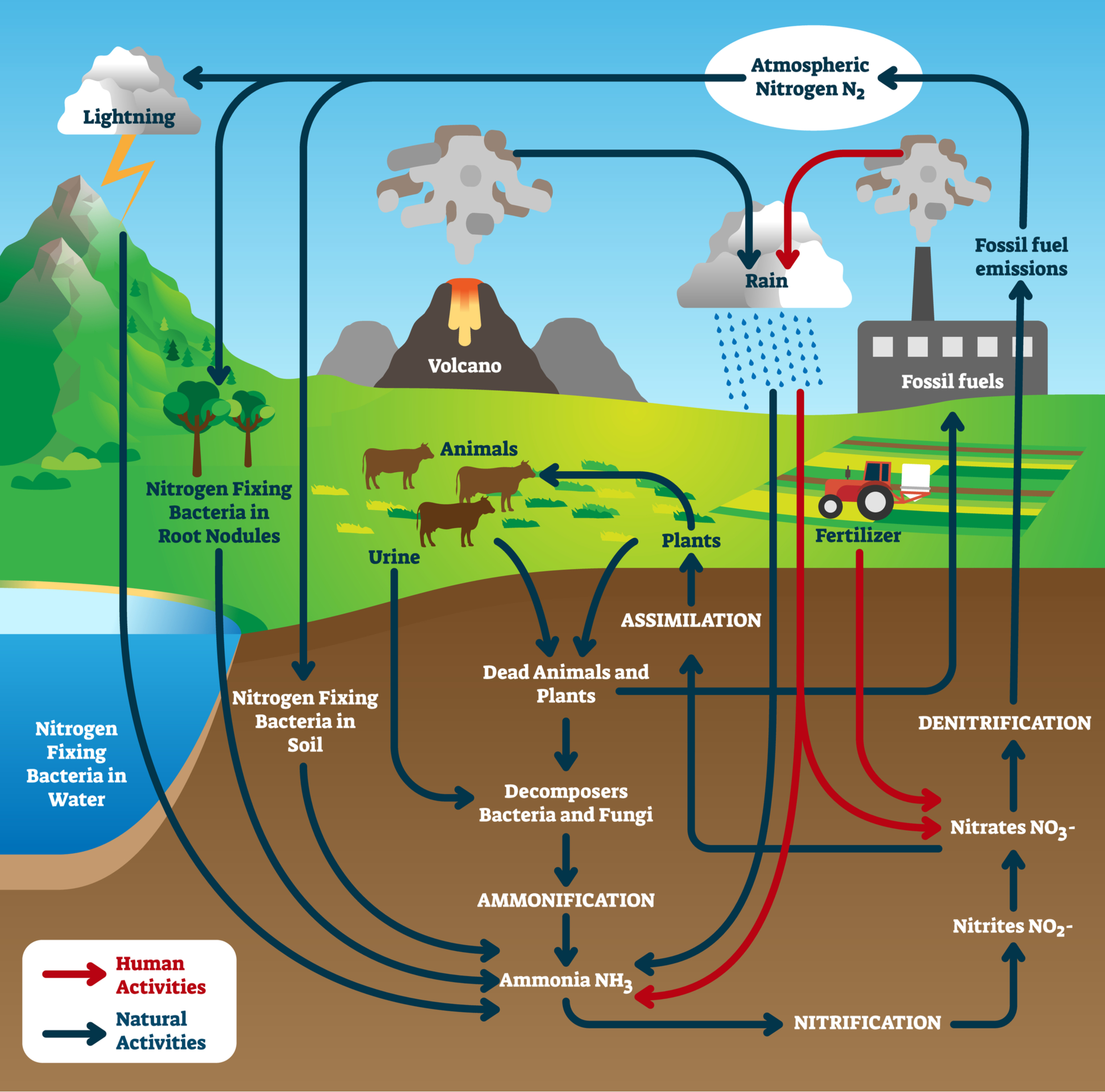
The primary sink for nitrogen is the _________.
Nitrogen also plays important roles in the water and within soils.
From this video, which organisms are key in transforming atmospheric nitrogen into a molecular form that can be used by other species?
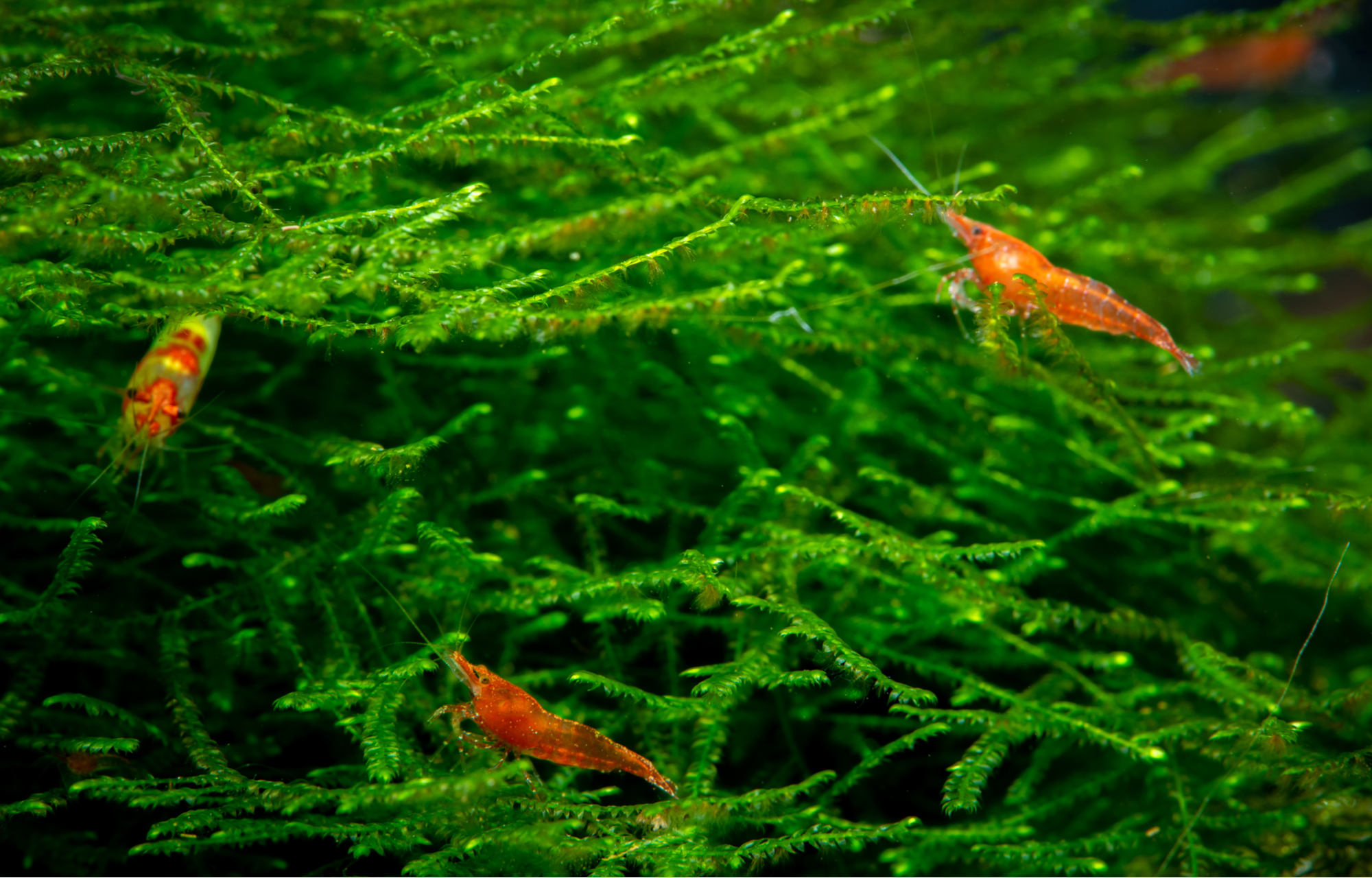
If you set up a fish tank, or in this example a freshwater shrimp tank, it is critical that bacterial colonies establish to break down the nitrogen molecules from animal excretions and decaying plants. Accumulating ammonia can be deadly and only detectable through water testing.
In many cases it is a good idea to start with a small number of plants and animals until the bacteria transfer in from the air and establish in number. Another possibility is to transfer bacteria-rich sediment and/or plants from another tank.
In this tank, bacteria are primarily located in the sediment and on the surface of the freshwater aquatic plants.
In this tank the bacteria, along with green photosynthetic algae, are abundant in the water column.
Impacts on Terrestrial Ecosystems
Wind can have a significant impact on species.
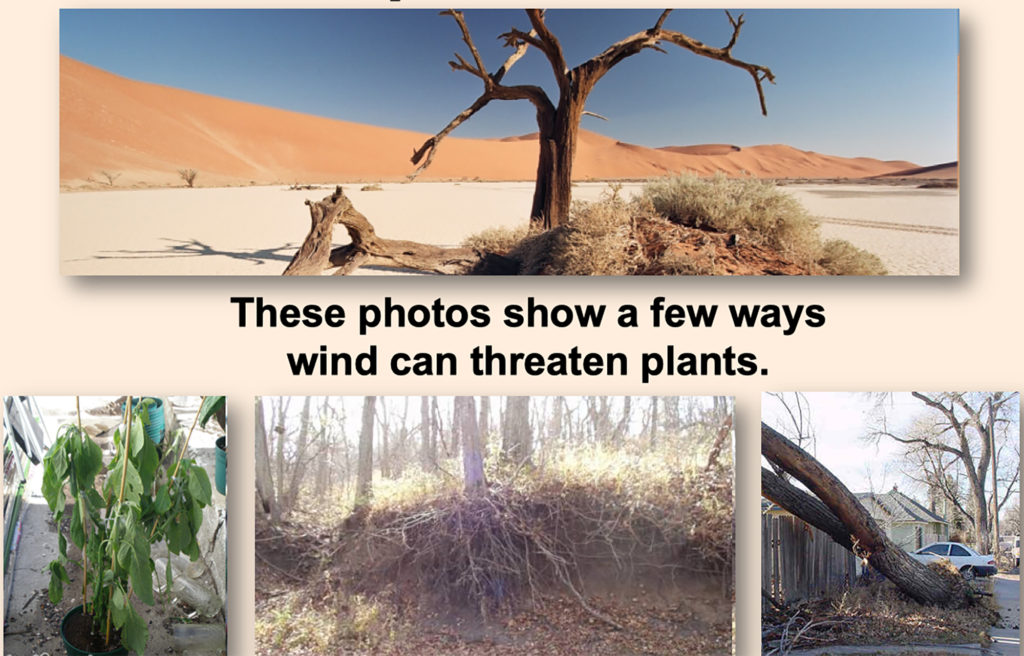
Wind can increase water loss, erode at plant structures, and drop temperature barriers around a plant.
Wind can also increase rates of soil erosion.
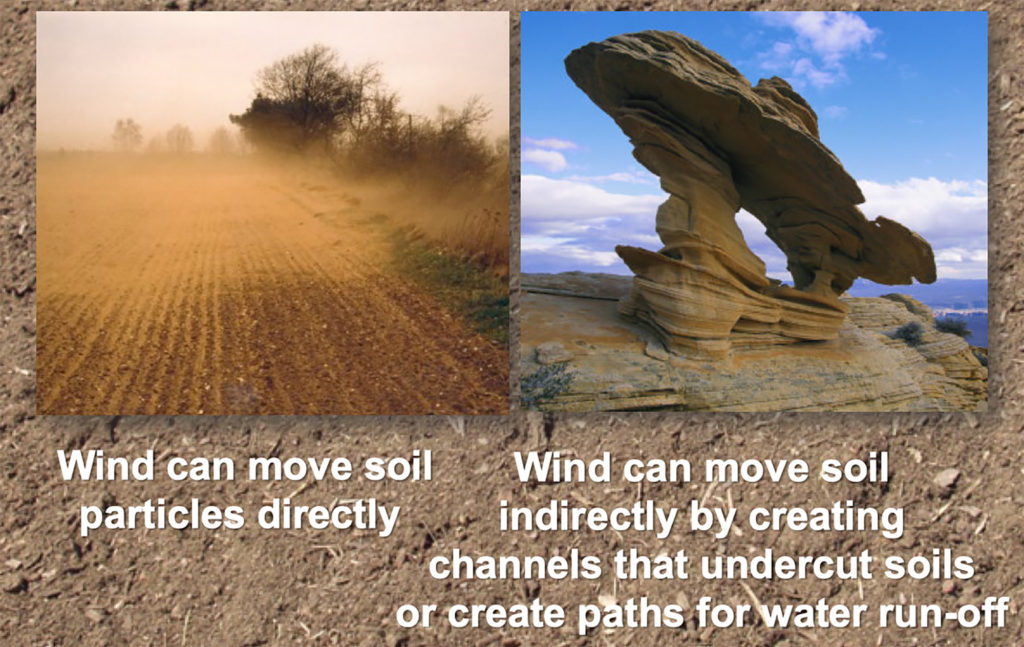
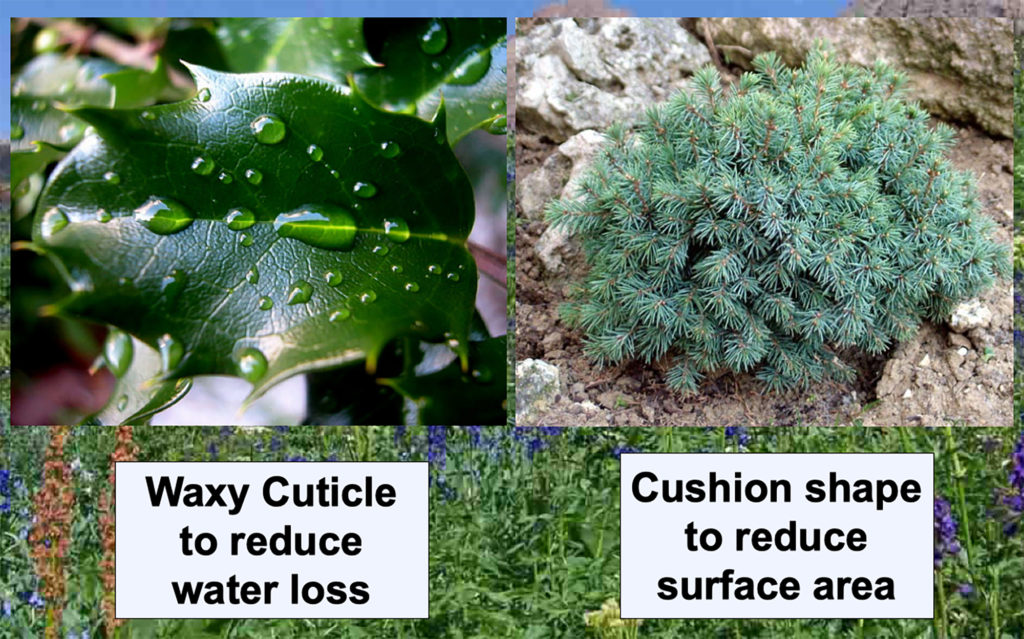
Plants in windy habitats have structural features that reduce exposure.
These are similar to adaptations plants have in cold habitats.
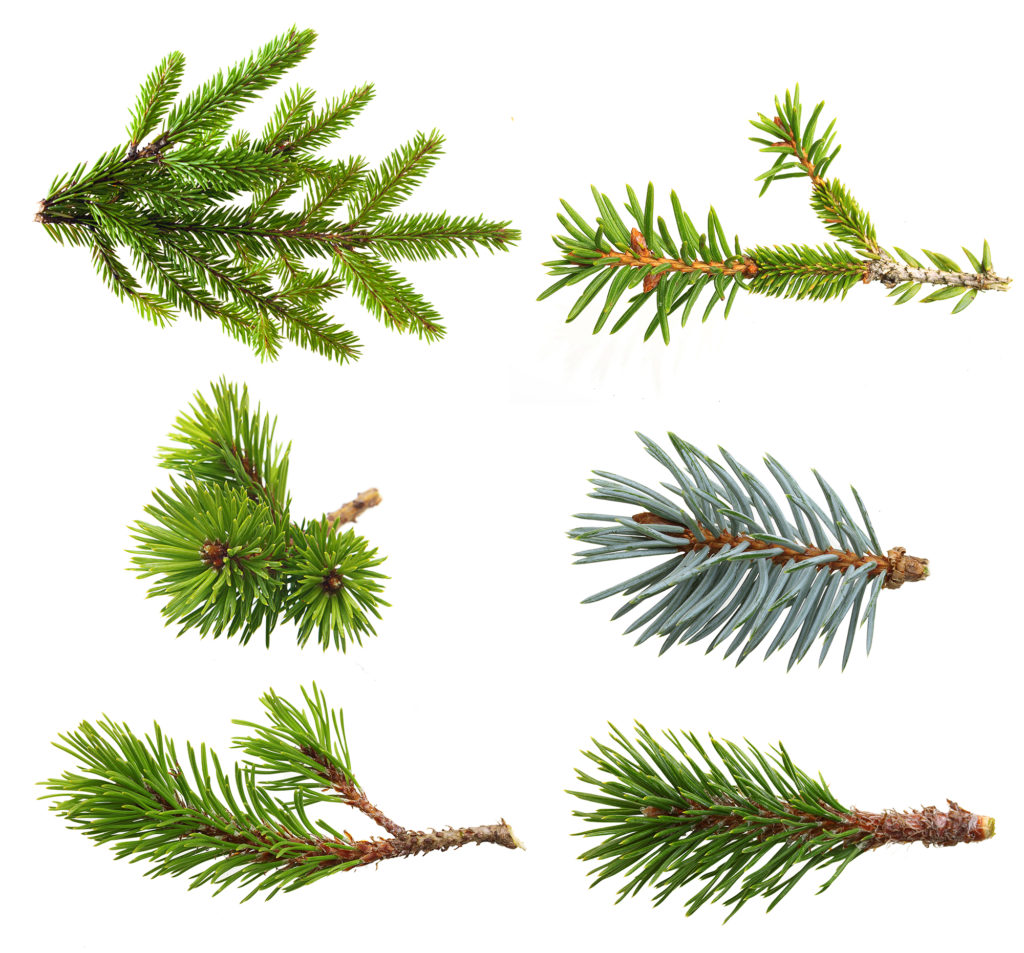
Conifer needles and cactus needles are both examples of leaf shapes that reduce exposure to harsh environmental conditions, including extremes in temperature.
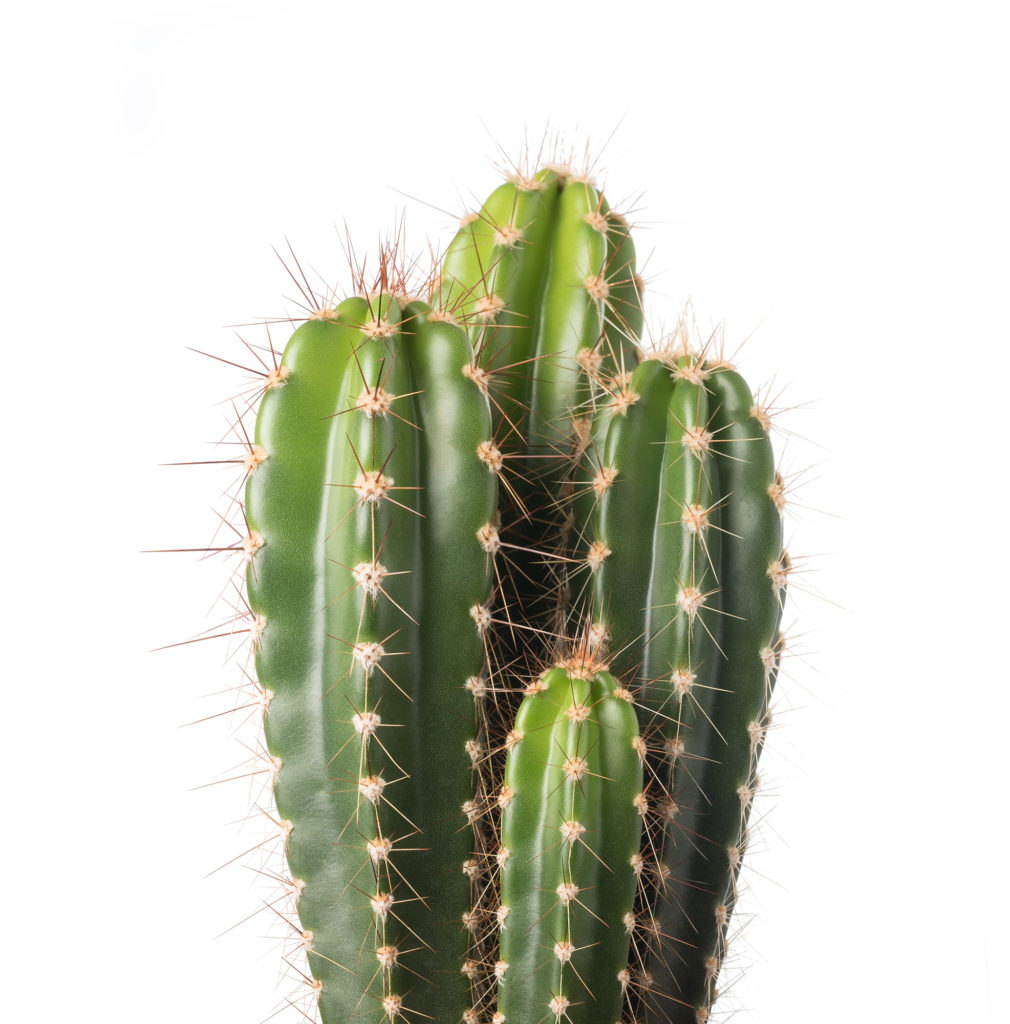
Pines that have evolved in windy coastal environments over time have a different growth form than pines living on central mountains.
Preparing a Field Kit
A field kit plays a critical role in bridging planning and data collection on location.
Field kits vary depending on whether you are on a short excursion or a longer expedition.
In this course, you are preparing for short excursions.
Here is a tour of one of our field kits.
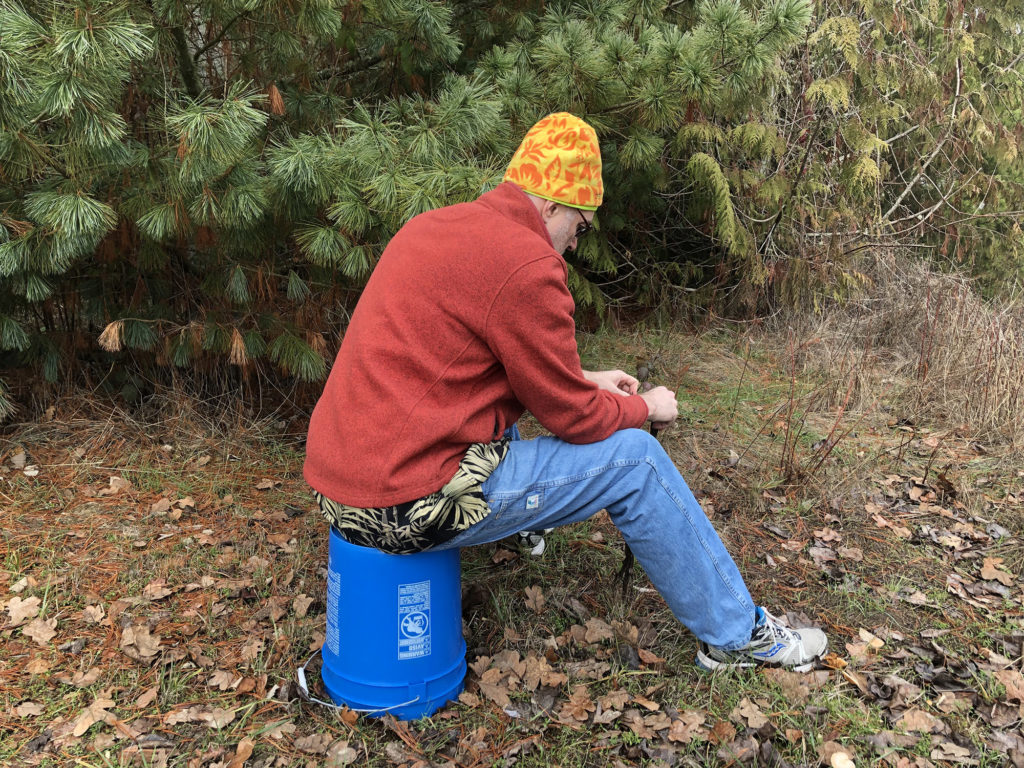
Sometimes the best field gear is the least expensive or most commonplace.
A bucket can be used to carry equipment, store wet samples, and substitute for work as a stool.
Keep it simple: the easier to carry and assemble, the more likely you are to use it in the field.
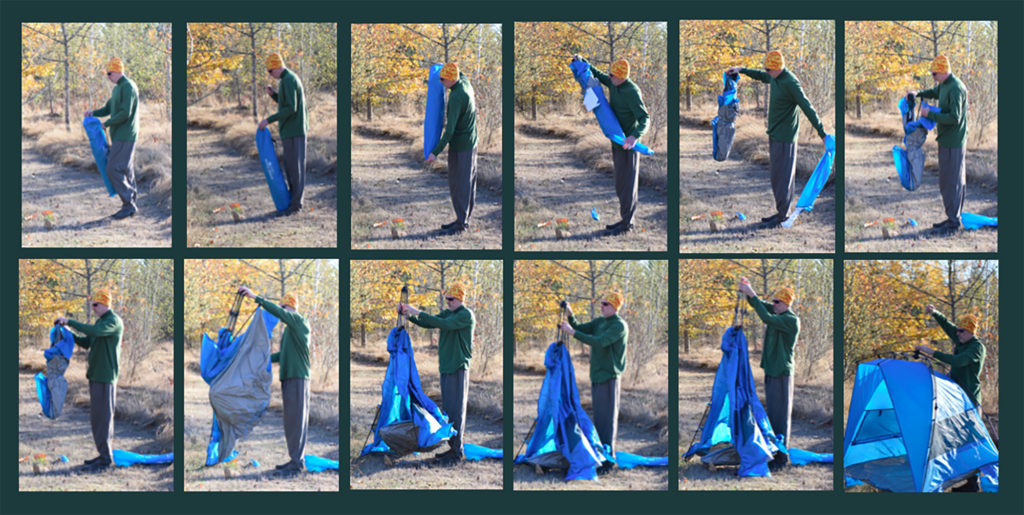
Field Kits
Recipe for an effective kit:
- Can be carried over a distance comfortably
- Weather proof, including high temperatures and rain
- Animal-proof, food and scented items in plastic bags or containers
- Enough water and food for an unexpectedly long trip
In science like many other fields, improvising and re-tasking materials is a way to reduce expense.
Start Your 2A Media Piece Assignment here
Field Kit
In this assignment you will be assembling a field kit for laboratory and field work. When complete, upload a photo to Canvas, and you can add information to the comment box provided, if desired.
You do not need to make purchases for this assignment. Creativity with re-purposed items is encouraged. Contact the teaching team if you have difficulty selecting an item.
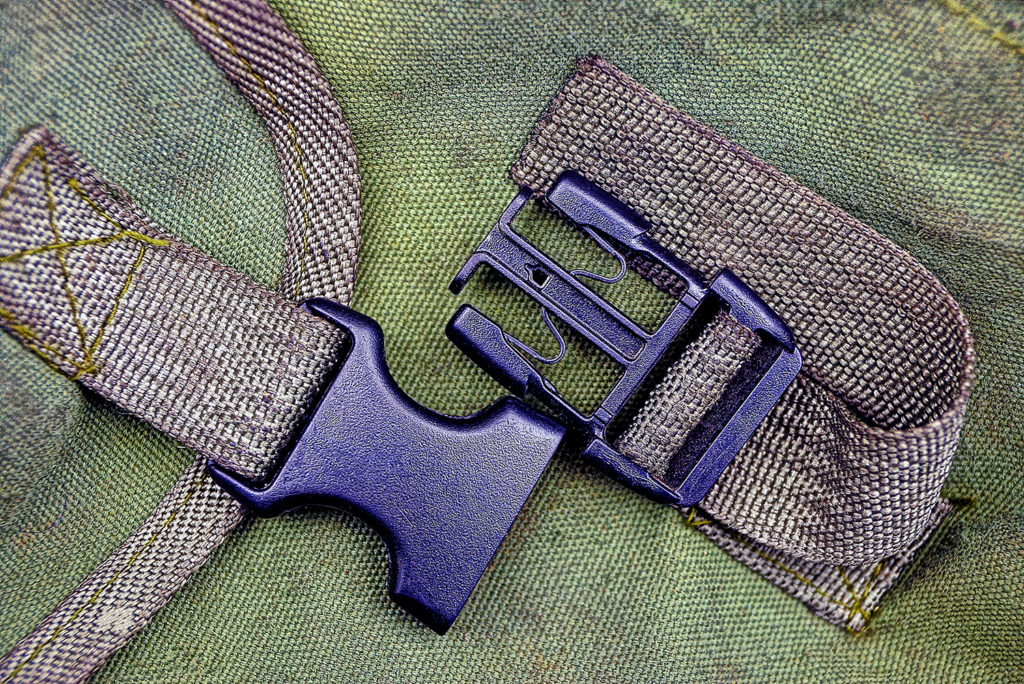
Your field kit should contain:
Safety Gear: could be a smaller safety kit, your safety checklist, and/or other safety materials you feel are important.
Weather Gear: could include a hat, sunscreen, heavy clothes, whatever you feel you will need to use in your weather conditions.
Map(s): directions to at least three locations where you think you may find an ecosystem with observable organisms. This can be in a building or outdoors. The map or maps can be on a digital device (arranged in the field kit photo) or printed out.
Data Collection Materials: could include a ruler, watch/timer, camera phone, journal, note pad, pencils, plastic bags, binoculars or whatever else you come up with.
A Creative/Personal Addition: could be a towel (for fans of Hitchhiker’s Guide to the Galaxy), camping gear, a compass, a container for specimen storage, or something innovative for collecting information about animals.
Something to Carry Everything in: could be a backpack, a garbage bag (we’ve used these), a bucket, or whatever you plan to use.
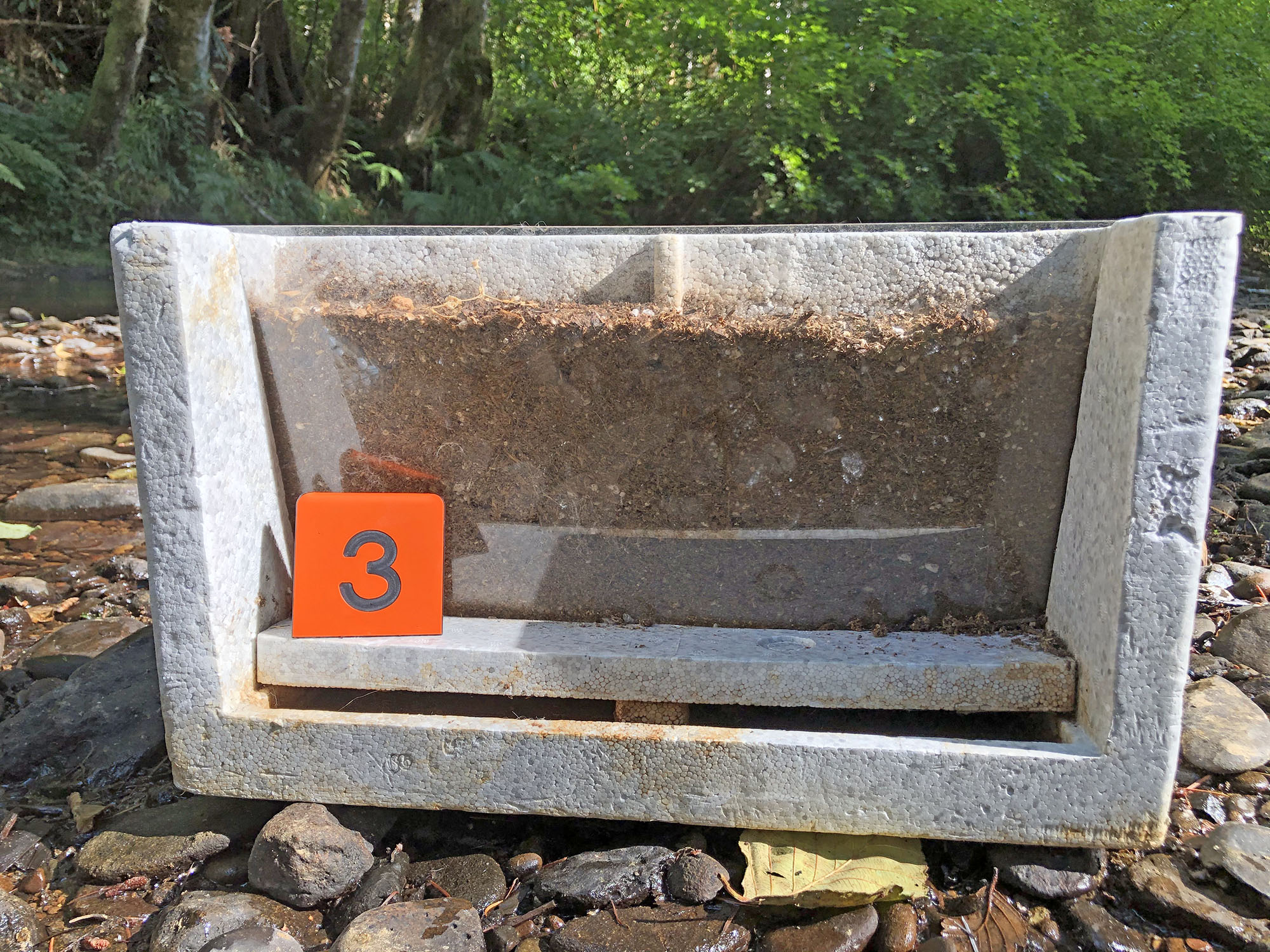
Check your knowledge. Can you:
-
explain the significance of bacteria in the nitrogen cycle?
-
describe impacts on terrestrial ecosystems, including wind and soil erosion?
- outline the key components of a field kit including why they are important?



